India is the land of spices and herbs. There are a variety of pulses grown in India that not only have great nutritional value but also are very delicious. Pulses are high in protein and fibre. They are staples in many Indian households as they are nutritious, affordable and readily available. There are many different types of pules available in India, each with its own unique flavour and texture. Here, we will explore different types of pulses grown in India and their nutritional value.
Different Types Of Pulse In India
Pulses are basically the edible seeds of legumes and are an important part of the diet in India. Pulses are eaten in different ways in many parts of the country. There are many different types of pulses, and they vary in appearance, taste, and nutritional value. Below are some of the common types of pulses consumed in India.
Mung Beans
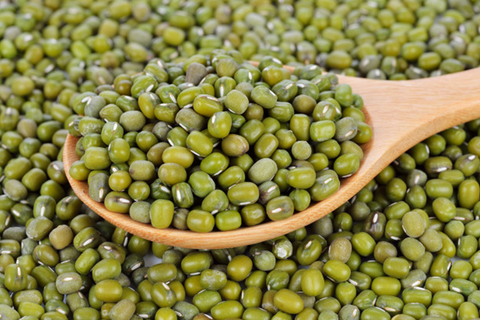
Mung Beans are small green legumes that are popular in Asian cuisine. They are good sources of fibre, protein, fibre, vitamins and minerals. Mung beans can be cooked in many different ways and used in various dishes. Mung beans have been shown to lower cholesterol levels and help with weight loss.
Nutritional Value Of Mung:
One cup of mung bean approximately contains:
- It is packed with vitamins and mineral
- It is rich in amino acids, which is one of the essential nutrients that our body cannot produce on its own.
- It is one o the best plant-based sources of protein.
- It has a high anti-oxidant level
- It has a very low level of calories
- It can prevent heat stroke and helps lower cholesterol
- It can reduce high blood pressure and high blood sugar levels
- Moong bean also helps in digestion.
Toor

Toor is also known as yellow pigeon peas or arhar and is a staple in Indian cuisine. This yellow lentil is high in protein and fibre and low in fat, making it a nutritious addition to any meal. Toor is typically cooked with spice and other ingredients to create a flavourful dish, but it can also be used in soups, stews and curries.
Nutritional Value Of Toor
- It is rich in healthy carbohydrates
- It’s a good source of protein
- Has a high fibre content.
- Toor is rich in iron and calcium
- It can lower the risk of heart disease.
- Aids Digestion
- It can help you manage your weight as it keeps you full for a longer period of time.
Rajma
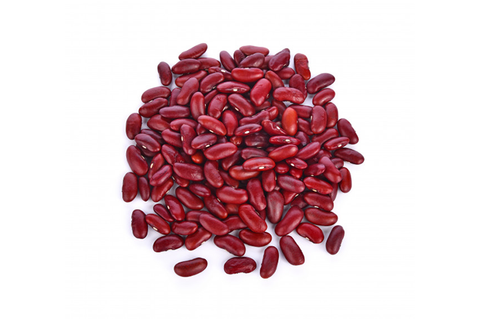
Paired with rice, rajma is prepared as a tomato-based gravy and is a favourite across homes in India. Rajma is a good source of protein and fibre and is also low in fat. Rajma can be cooked in a variety of ways.
Nutritional Value Of Rajma:
- Rich is soluble fibre content
- Help prevent diabetes by regulating blood sugar levels
- Lowers cholesterol levels
- Can prevent Alzheimer’s
- Contains vitamin thiamine
- Prevents adverse effects on muscle soreness and migraines
- It can help meet daily protein requirements.
- A high number of anti-oxidants.
Channa
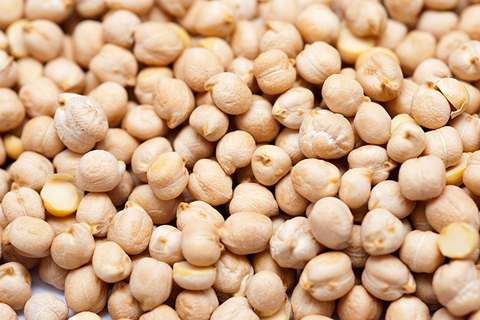
Channa, also known as chickpeas, garbanzo, and Bengal gram, is a type of pulse that is popular in India. They are high in protein, fibre, vitamins, and minerals. They are a good source of energy and can help regulate blood sugar levels. Chickpeas can be eaten in various forms; you can have them in the form of salad, stew, curry, etc.
Nutritional Value Of Channa
- Rich source of vitamins A, C, K
- Rich source of fibre
- Improve Digestion
- Aids weight management
- High In protein
- Support in blood sugar regulation.
- It may protect against certain chronic diseases
- Promotes brain health
- Helps in the prevention of iron deficiency.
Urad
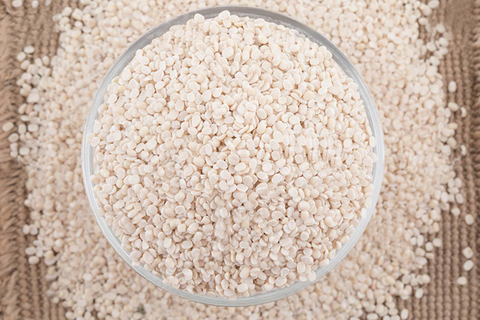
Urad, also known as a black gram, is a common type of pulse in India. Urad has a very earthy flavour. It is also used to make papad, idli, dosa, etc. It is high in protein and fibre and low in fat. It is a good source of vitamins and minerals.
Nutritional Value Of Urad
- It is one of the richest sources of vitamin B
- Urad is packed with protein, fats, and carbohydrates
- It is full of iron, calcium, magnesium, and potassium
- Rich In Fibre
- It has high folic acid
- Urad dal helps to produce and maintain new cells, especially blood red cells
- It helps in the prevention of diabetes
- Urad keeps your heart healthy.
- Good source of vegetarian protein
Masoor
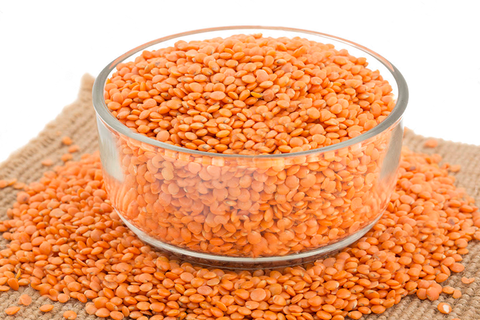
Masoor, also known as red lentils, is a staple in Indian cuisine. These small red-orange lentils are packed with nutrients and have a lot of health benefits. It is an excellent source of protein, fibre and iron. Masoor also contains folate, magnesium, phosphorus, and copper.
Nutritional Value Of Masoor
- It Helps stabilises blood sugar levels.
- It keeps the heart healthy by lowering blood sugar levels.
- Effective remedy against weight loss
- Urad has anti-ageing properties
- Masoor is a rich source of calcium and vitamin
- It helps maintain a healthy vision.
- Beneficial for glowing and radiating skin
Conclusion
Pulses are an important part of the Indian diet and are a good source of protein, fibre and other nutrients. There are many different pulses grown in India, each with its unique flavour and nutritional profile. Chickpeas, for example, are a good source of iron, while mung beans are rich in vitamins and minerals. Regardless of your type of pulse, they can all be a healthy and delicious addition to your diet.
To cook any kind of pulse, select from various cookware at Wonderchef.

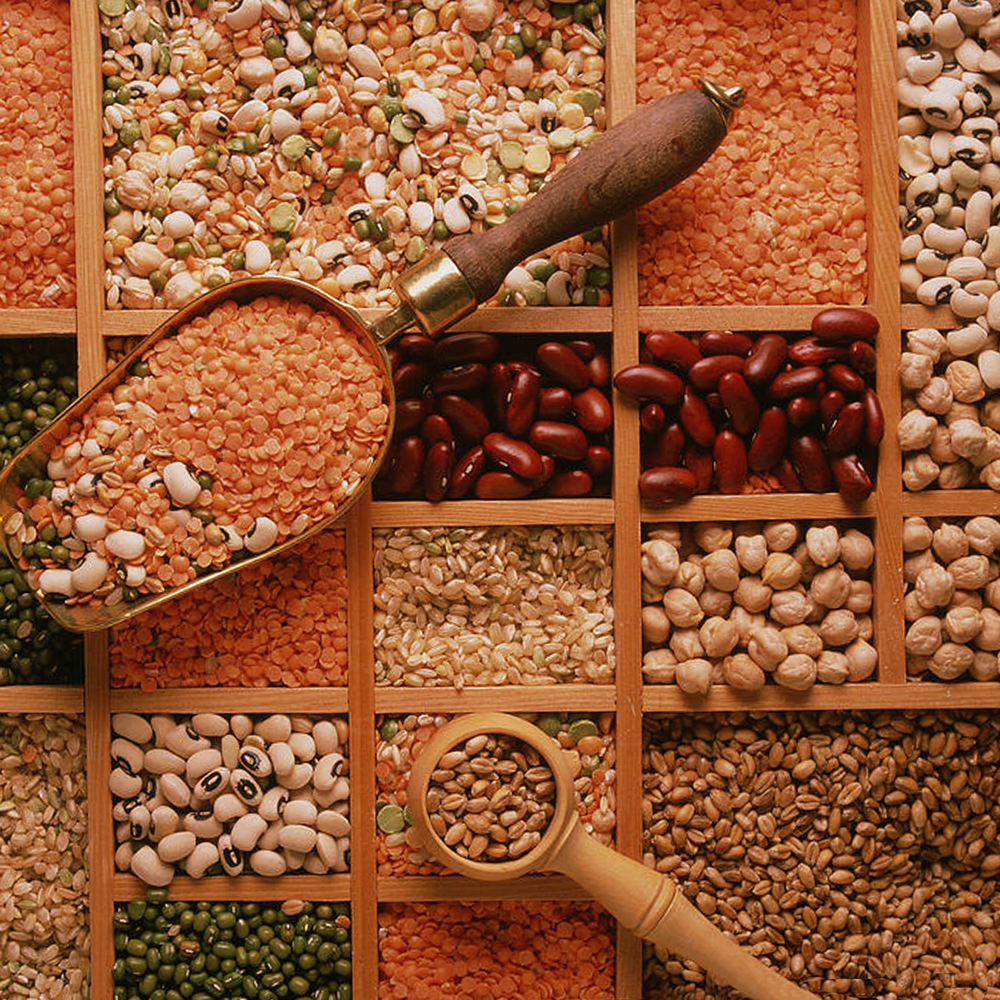
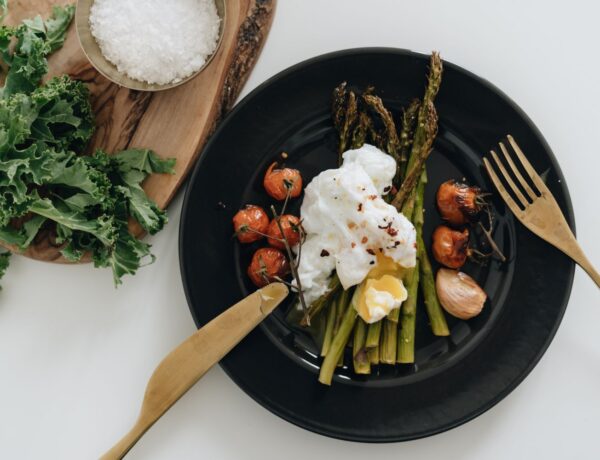


No Comments